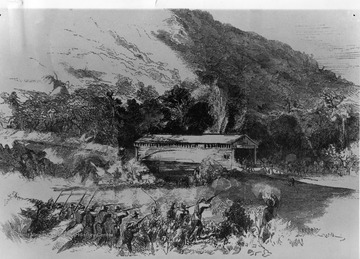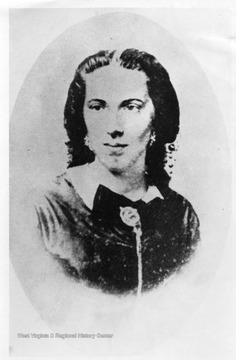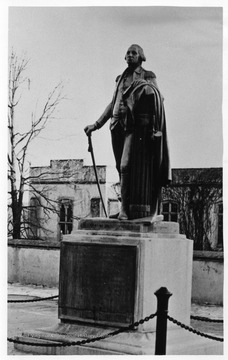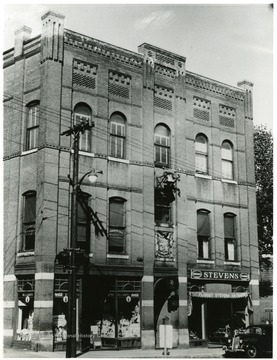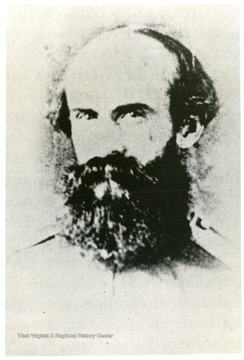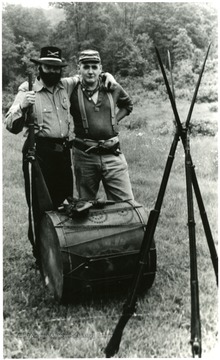Limit your search
- Civil War--Stutler Collection.✖[remove]58
- Medal of Honor.2
- Morgan's Ohio Raid, 1863.2
- Spies--Confederate States of America.2
- Bridges--West Virginia--Harpers Ferry.1
- Bull Run, 2nd Battle of, Va., 1862.1
- Bulltown, Battle of, Bulltown, W. Va., 1863.1
- Covered bridges--West Virginia--Philippi.1
- Envelopes (Stationery)1
- Executions and executioners.1
- Averell, William Woods, 1832-1900.2
- Diss Debarr, Joseph H.2
- Jackson, Stonewall, 1824-1863--Portraits.2
- Patton, George Smith, 1833-1864.2
- Ashby, Turner, 1828-1862--Portraits.1
- Averell, William Woods, 1832-1900--Portraits.1
- Beall, John Y. (John Yates), 1835-1865--Portraits.1
- Benjamin, J. W.1
- Boyd, Belle, 1844-1900--Portraits.1
- Brown, Bailey--Tomb.1
- Confederate States of America. Army. Virginia Cavalry Regiment, 19th.1
- Confederate States of America. Army. Virginia Infantry Regiment, 25th.1
- Confederate States of America. Army. Virginia Infantry Regiment, 31st. Company H.1
- Grafton National Cemetery (Grafton, W. Va.)1
- Grand Army Legion (Marlborough, Mass.)1
- Harpers Ferry Armory (U.S.)1
- John Brown Bell.1
- Moccasin Rangers.1
- United States. Army--Newspapers.1
- United States. Army--Officers--History--Civil War, 1861-1865.1
- Harpers Ferry (W. Va.)--History--Civil War, 1861-1865.2
- Gettysburg National Military Park (Pa.)1
- Middle Fork Bridge (W. Va.)--History--Civil War, 1861-1865.1
- Parkersburg (W. Va.)--History--Civil War, 1861-1865.1
- Parkersburg (W. Va.)--Pictorial works.1
- Philippi (W. Va.)--History--Civil War, 1861-1865.1
- Randolph County (W. Va.)1
- United States--History--Civil War, 1861-1865--Flags.1
- United States--History--Civil War, 1861-1865--Medals.1
- United States--History--Civil War, 1861-1865--Secret service--Southern States.1
- print✖[remove]58



